15 Types of Truffles to Try on Your Next Dish (If You Can Find Them)
Author: Anne Cowart | Editor: Omar Alonso
Review & Research: Jen Worst & Chris Miller
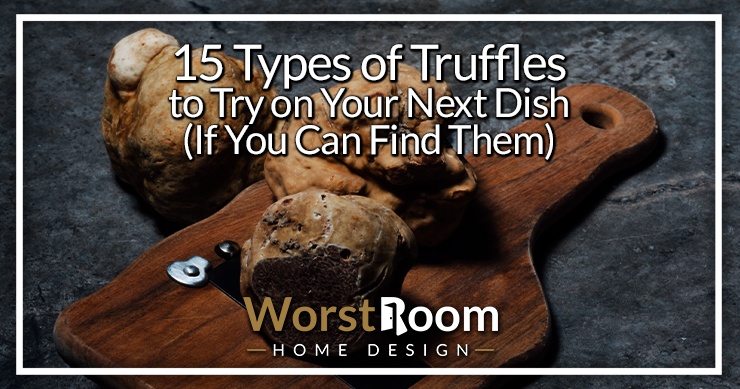
The different types of truffles come in a wide variety of shapes, colors, and sizes, but only a few are edible. Most of these underground fungi are poisonous or may have organoleptic qualities that may not have the best use in the kitchen.
However, there are many different kinds of truffles available in the market that are legal to collect, sell, and are also edible. The species of truffles are in abundance, like White Winter truffle, Black truffle, Moscato truffle, and more.
All these truffles have different characteristics and harvesting periods, and it may also be a challenge to identify which is which.
Here our team has come up with the most common truffle varieties and their characteristics that'll help you better understand their origin and use.
15 Types of Truffles
Here, in this section, you'll learn all about the edible varieties of truffles and their characteristics to help you distinguish the best one according to your choice. The reality is there's over 140 truffle species but not all of them (actually very few) have value for us humans. Let's look at those in particular.
Winter White Truffle
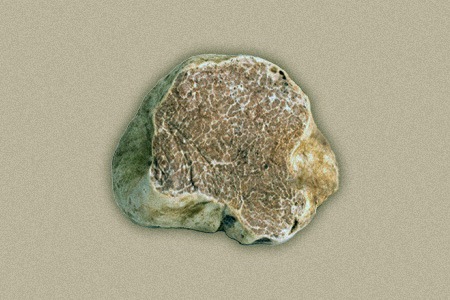
"Italian White Truffle" or "Piedmont Truffle" are all terms used to describe this White Winter Truffle. The difference between winter and summer white truffles is the ease with which they are collected. It's really simple, and everyone can do it.
Moreover, these truffle types are prized for their shallot-like flavor, garlicky, and deeply earthy aroma. These fresh white truffles are usually yellowish in color and have a very smooth exterior. White truffles are only found in Central and Northern Italy and in Croatia and other regions of Europe.
However, the biggest disadvantage of this truffle is that its aroma fades rapidly compared to the black truffles. Truffles also contain gas that is released when shaved open or cut. Scientifically these truffles are known as Tuber brumale.
White truffles have more fragrance because they have more of this gas. Although, when the truffle is cooked, the gasses evaporate and disappear, so you won't get this astounding aroma after it's cooked.
Black Perigord Truffle
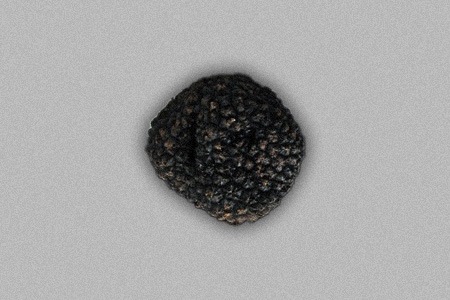
These types of truffle mushrooms are also famously known as the "Périgord Truffle" and is usually seen from November to March in Spain, Italy, and France. It's scientifically known as Tuber melanosporum and sometimes called a Spoleto Truffle.
Depending on a nation's weather and climate changes, these truffles either grow in large numbers or in short numbers. Moreover, these black truffles always stay in demand, and that's why they are so expensive compared to other truffle kinds.
The mature winter black truffle is mainly grayish or brownish-black on its exterior, with spidery white veins inside (the color may vary depending on the weather conditions). It usually weighs around 2 to even 3oz.
This Winter Black Truffle is also famous for its delicate aroma, earthy, and the lavishing flavor of "earth and chocolate." I've actually seen mention of these going will with most types of beets, though I'm skeptical.
Summer Black Truffle
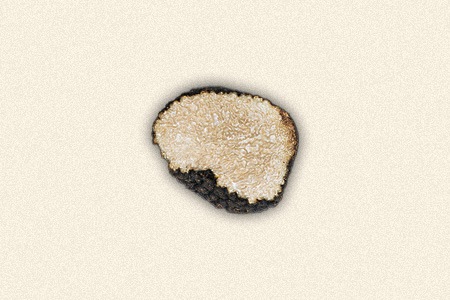
Summer Black truffles are versatile and excellent in all ways. However, they are not as highly regarded as winter truffles. They're known as Tuber aestivum var. aestivum to the scientific community.
You'll usually find these types of truffles under many types of chestnut trees, oak, hazelnut, and elm. Moreover, these truffles have a roundish, knobby shape along with dark brownish skin, similar to the Winter Black truffle.
The truffle's inside is basically yellowish-grey in color with white veins inside, and the flesh usually darkens towards the summer end.
However, the truffle has a pleasant aroma, not as strong and soothing as the white truffle, but still lovely enough. Cooking them brings out the best of the subtle chocolaty flavor that would give a new and aesthetic truffle taste.
Summer White Truffle
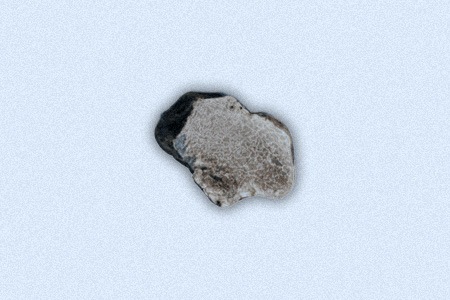
Summer White truffles usually have less scent than Winter White truffles, but they still have a strong pungency. It's found in the Italian regions and is mainly harvested in the summer rather than in winter.
These truffles are cheaper than the winter types, allowing for more quantity and experimentation. Moreover, the aroma is smoky and sweet with traces of garlic, giving an aesthetic smell.
As it ripens, the core of this truffle changes from a light yellow to a darkish brown in color with white veins. To accentuate the aroma of these truffles, the best way to serve them is with shaved or sliced overcooked meals.
Terfez Truffle
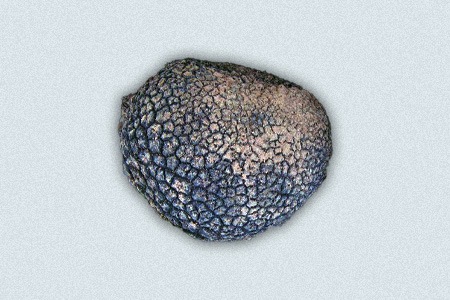
Terfez truffle includes the Mid-Eastern Black Truffle and the Mid-Eastern Terfez. Some compare these truffles to black summer truffles, but others say they are unlike any European truffles.
However, they have a nasty black-brown color and are smaller than European truffles, roughly the size of a walnut.
They are black on the inside, with spidery white veins and softer consistency, and the usual harvesting time is from October through February. I've seen people use them in types of pâté to add an extra quality to them.
Moscato Truffle
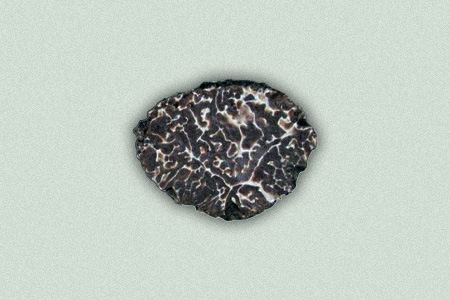
The Moscato truffle has dark bark similar to the black winter truffle and glebe ranging from ocher to orange depending on the maturity period of these truffles. The white veins in the inner pulp distinguish it from other dark truffles.
The aroma of Moscato truffle is pungent, spicy, and reminiscent of undergrowth and moss. It also has a less warty appearance and a nutmeg-like aroma than the winter truffles.
Moreover, the intense moss smell makes it a food loved by those who enjoy strong flavors and detailing; even chefs use these types of truffles to add different flavors to their dishes.
The Moscato truffle grows in humus-rich soils, where it gets all of its aromatic and spicy nutrients. The core tree allows for optimal maturation and gives the characteristic streaked brown glebe.
In short, its spicy taste is ideal for preparing traditional recipes with seasonal ingredients which enhance the notes of autumn.
Spanish Black Truffle
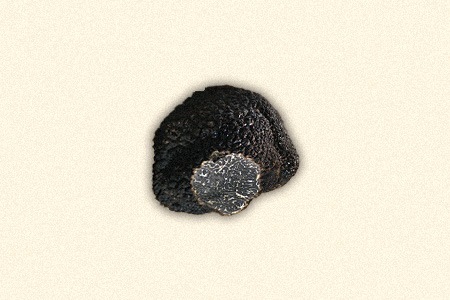
These Spanish Black truffles are said to be one of the best you can buy. Spanish black truffles are found in the hills of eastern Spain. However, due to the unstable and frequent climate changes, the production of Spanish Black truffles is declining gradually.
Then again, if you can get your hands on some of these truffles, they'll be worth the money as these are one of the best truffles of all.
Bianchetto Truffle
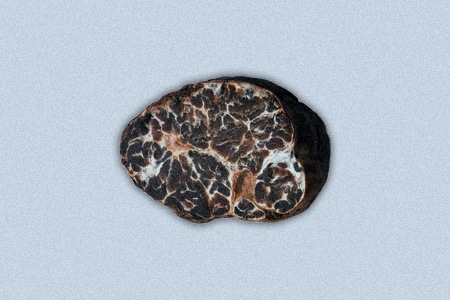
It's a traditional truffle in Marche, Romagna, and Tuscany, although its commercial value is comparatively less than the white truffles. Bianchetto truffles are similar to magnatum truffles in appearance.
The surface, however, changes from clear to dark in hours. Moreover, the smell is what distinguishes it from the white truffles, as it starts off mild and then grows stronger with a garlic-like scent. It is found in deciduous trees and calcareous soils.
Burgundy Truffle
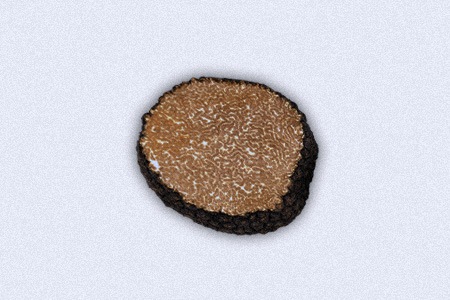
Burgundy Truffle or Tuber Uncinatum is another amazing truffle you can have. The truffle is nearly black, while the pulp is light brown to hazelnut.
This truffle's powerful and aesthetic looks are reflected in its unmistakable and intense scent. Tuber Uncinatum is enjoyed as an appetizer, with mild cheese, and in dishes with beef or turkey.
In contrast, this truffle is worth your money, and you won't regret having it as an ultimate seasoning on your juicy dishes.
Oregon White Truffle
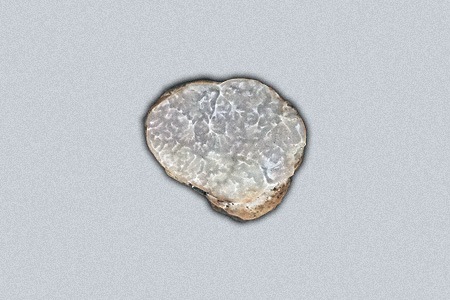
Known as Tuber oregonense or Tuber gibbosum, these truffle varieties grow in nearly every country in Europe, though there are two different types of truffles of this variety that only grow in colder climates, which are the Summer and Burgundy truffles.
It's when trees form a symbiotic relationship with the fungal mycorrhiza that the two sub-types fruit. The market price between the two vary greatly due to the difference in aroma and taste.
Australian Truffle
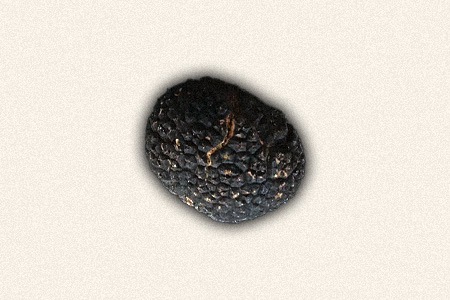
People value the Australian truffle due to the intensity of its flavor, and thankfully due to how many can be found the price of these remains reasonable. People compare them to European truffles, taste-wise.
You can find these during May, June, and July, which fill in a gap in the truffle market since they grow during seasons in which others don't, thanks to being on the opposite side of the globe.
Chinese Black Truffle
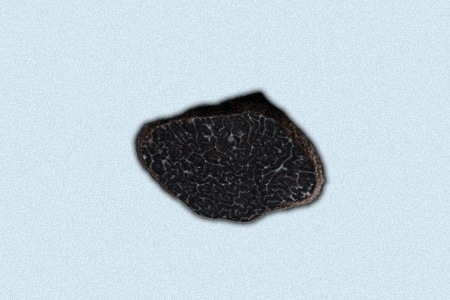
Though there are various types of Chinese black truffle, they're all compared to the Perigord truffle, but only in the visual look of them. When it comes to the taste, the texture is far more rubbery and chewy.
These types of truffles are very inexpensive due to the rubbery aspect of their texture and many compare them to the general taste and feel of eating mushrooms. These aren't exactly spectacular but do act as a food source.
White Piedmont Truffle
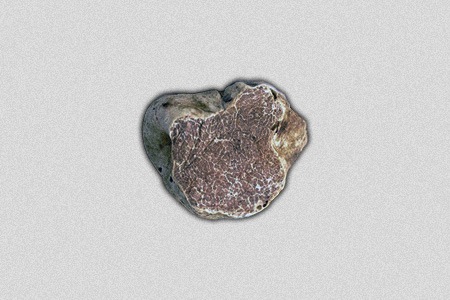
This truffle is sometimes referred to as an Alba Truffle. It has a pretty tight harvesting window, between the start of October and the very end of December. You'll find it mainly in the north of Italy, recognized by its creamy color.
It's described as having a heady aroma and is eaten raw. People shave it over pasta along with any types of pasta sauce because they say the smell is very much like cheese, garlic, and shallots.
Geopora Cooperi Truffle
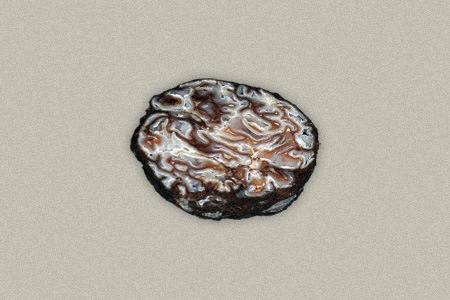
You may know this truffle by names like Fuzzy Truffle or Pine Truffle, and recognize it by the yellow and brown, lumpy exterior. The inside has a lot of convoluted folds and looks very much like a brain.
The taste of the Geopora Cooperi types of truffle mushrooms are said to be much like any other kinds of truffles but the smell tends towards the sour side, a lot like apple cider.
Garlic Truffle
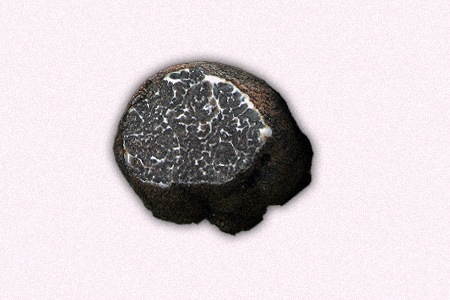
Also known as the Smooth Black Truffle due to the look on the exterior, these truffle types smell a lot like garlic (and thus the name). You'll find them all around Europe but they grow in the most abundance in central Italy.
They're a little less lumpy than other truffle varieties (which is why they're called Smooth Black Truffles), taking on a more spherical shape. The outside has a dark brown to black color while the inside has white fleshy veins between the folds.
Types of Truffles That Are Edible & Enjoyable
There's so much more to learn about truffles, such as how they're hunted using trained dogs, in which seasons you can find them, and how to prepare them without committing a culinary sin.
There are different types of truffles, and most are highly perishable. They usually start losing flavor and fragrance the instant they're dug up. Therefore, to keep your truffles fresh, store them in an airtight container in the fridge with some dry rice to avoid moisture loss.




